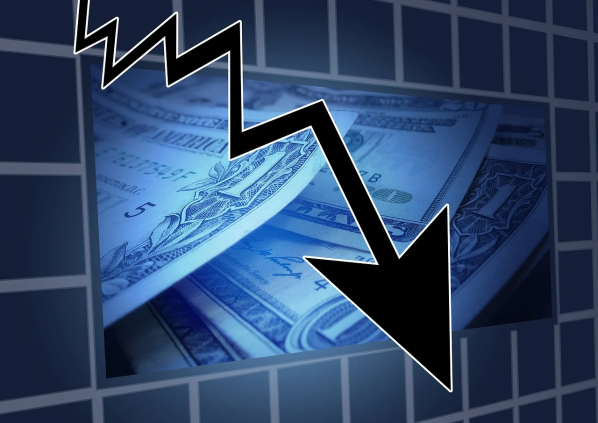Social Media as a Determinant of Asset Prices
We, at ZENPULSAR, have always held a belief in the power of social media to affect the performance of stocks and other financial assets. Our social media analytics platform for equity, commodity, and crypto investors, PUMP, has been crafted and introduced with these financial markets in mind.
In recent times, we have demonstrated the ability of PUMP to predict price movements using the examples of now-extinct Silicon Valley Bank (SIVB), Credit Suisse (CS), Wells Fargo (WFC), and other banking stocks. A scientific paper, “Social Media as a Bank Run Catalyst” (the paper), published last month by a team of US, French, and Spanish researchers provides further evidence of social media’s ability to act as a powerful determinant of stock prices.
In the paper, the researchers investigated the role of Twitter conversations in the eventual bank run on Silicon Valley Bank. The startup-focused bank fell victim to a relatively very quick and sudden run by its depositors in early March. As a result, the SIVB stock price collapsed between 8 and 10 March. On Friday, 10th of March, administrators took over the reigns at the failed banking institution. Many in the industry proclaimed then the start of the 2023 banking sector crisis.
The ability of the stock market to affect social media signals has been widely acknowledged. The paper now provides compelling evidence for the existence of the opposite relationship as well – the ability of social media sentiment to influence and direct trading prices.
What Have the Researchers Found?
The research team looked into the influence of Twitter signals on the SIVB bank run. They found clear evidence that Twitter conversations had contributed heavily to the eventual run. They also investigated the general model of how Twitter signals affect banking stocks. Their analysis concludes that “exposure to social media conversation about bank stocks amplifies classical bank run risks”.
Banks with a large pre-existing exposure to social media suffered the most during the March banking sector turmoil. SIVB itself had a large share of startups as clientele. Founders and key people at the startups were (and still are?) very active on social media, specifically on Twitter. They “helped” fuel social media conversations that eventually led to the bank run.
Besides the pre-existing exposure to social media, other factors that amplified bank run risks were high mark-to-market losses and a large proportion of uninsured deposits, both of which were available in the SIVB’s case in abundance.
While the paper used SIVB as a key stock for its examples, it’s important to note that the study has applicability to banking stocks beyond the failed bank. The researchers came up with a general model of bank run risk factors, with SIVB being a classic example in this case.
How Does the Paper Fit with Our Own Analyses?
During the heat of the banking crisis in March, we published our articles on the effect of social media sentiment measured by PUMP on the key banking stocks affected by the turmoil - SIVB, Credit Suisse, and Well Fargo in our first article; First Republic Bank (FRC) and JP Morgan (JPM) in the second article.
For SIVB, PUMP was capable of sensing the massive rise in bearish sentiment on 8 March, exactly when the stock just started to tank. For CS, WFC, FRC, and JPM, PUMP demonstrated the ability to sense large changes in social media sentiment that were highly predictive of price changes for these banking stocks. During the banking crisis, we even affectionately called PUMP “our crystal ball”.
In hindsight, there was nothing surprising about PUMP’s seemingly prophetic behaviour. PUMP has been crafted to sense, purify, and present social media signals on financial assets. Given the evidence in the paper that social media sentiment can profoundly affect trading prices, PUMP simply did its job well.
The paper discussed above, along with our own simulations, provides support for something that can no longer be denied by any banking sector investor or manager – social media is now a determinant of banking stock prices and a major catalyst for bank runs during market crises. Measuring and tracking social media sentiment is thus critical both for investors and for those responsible for keeping banks afloat.

